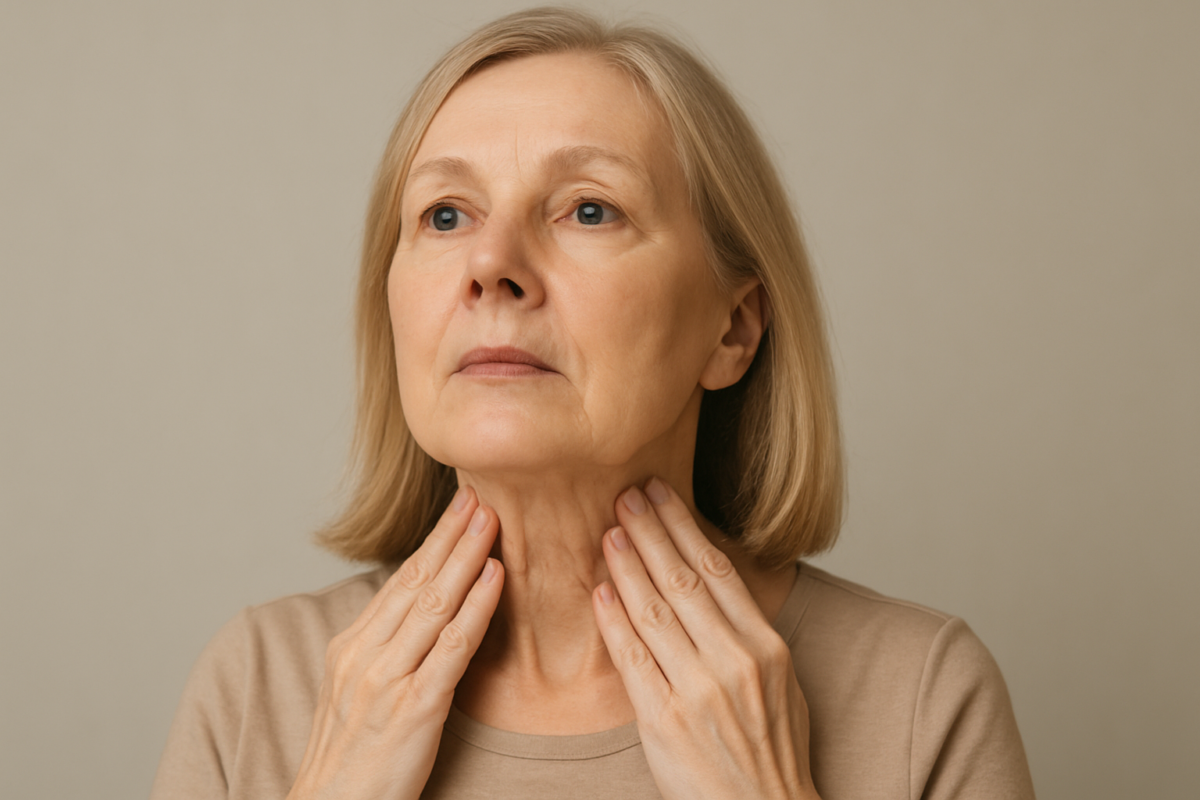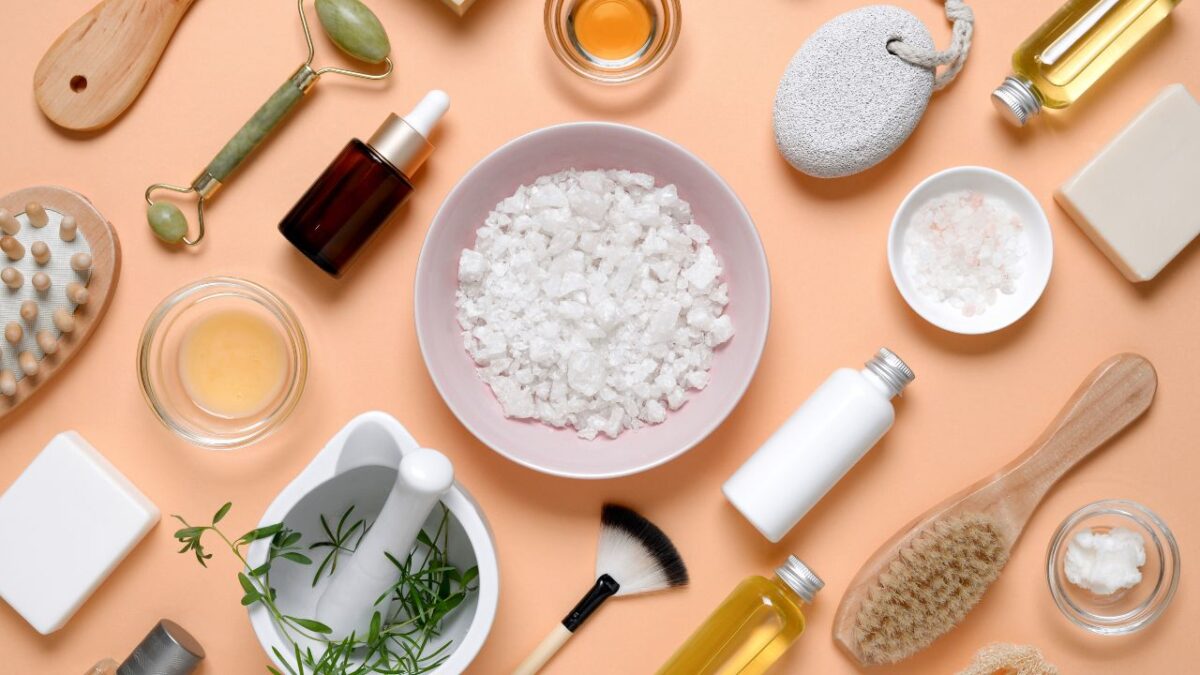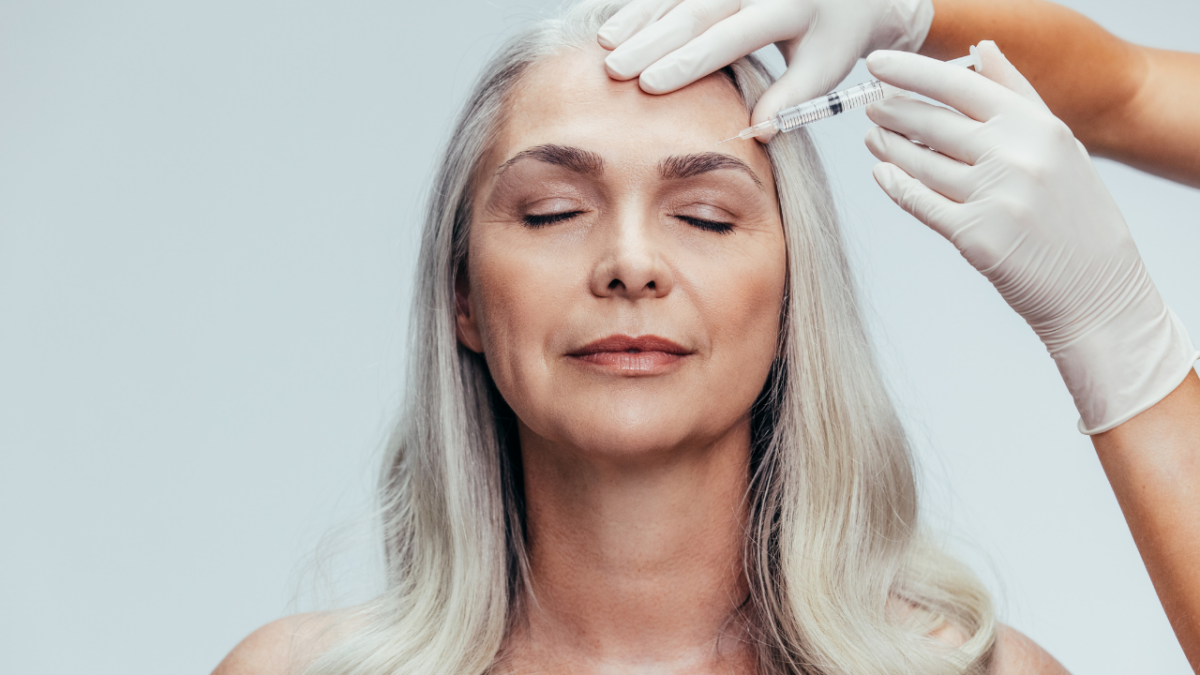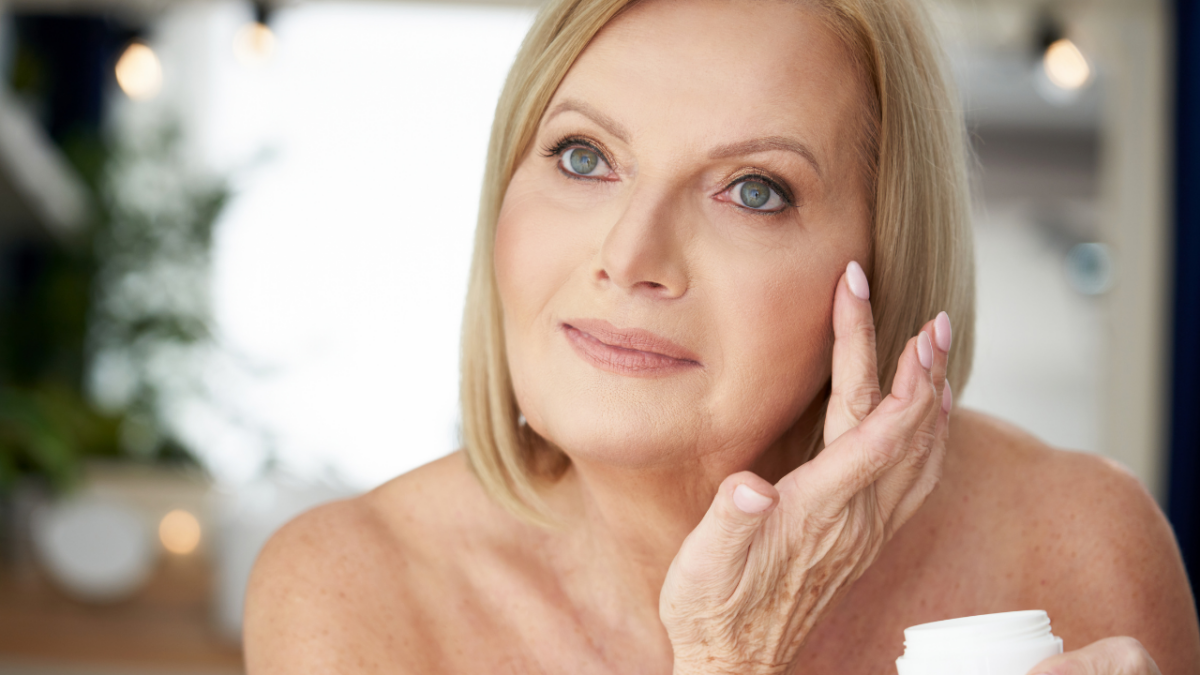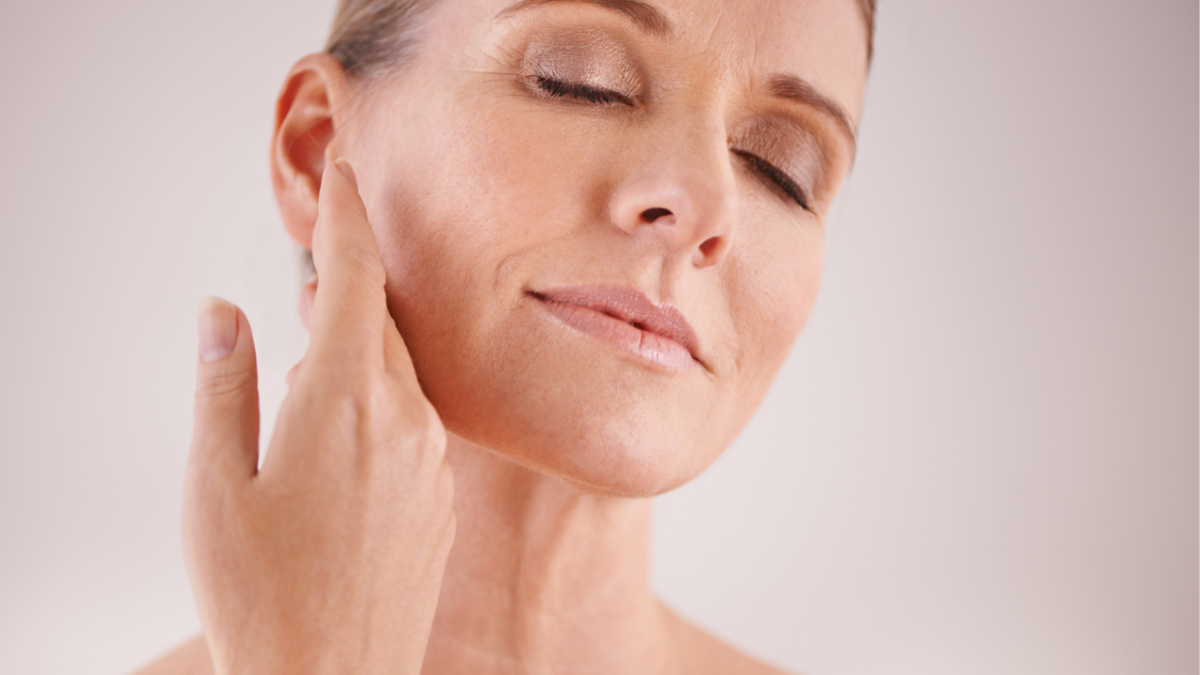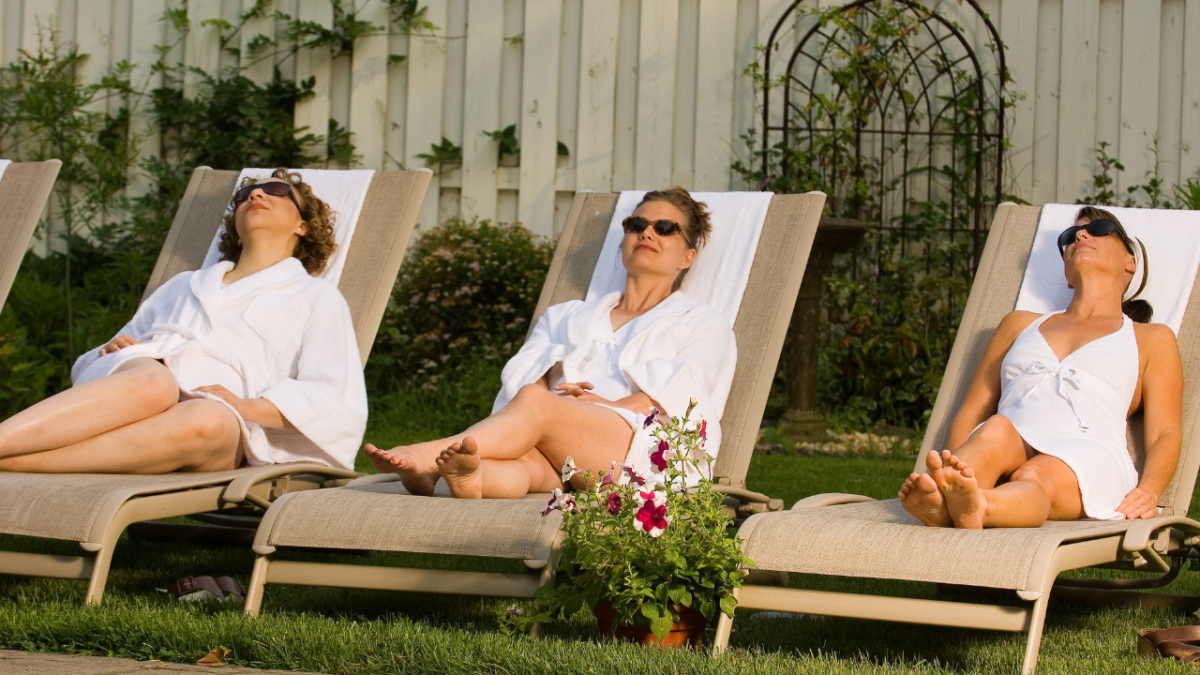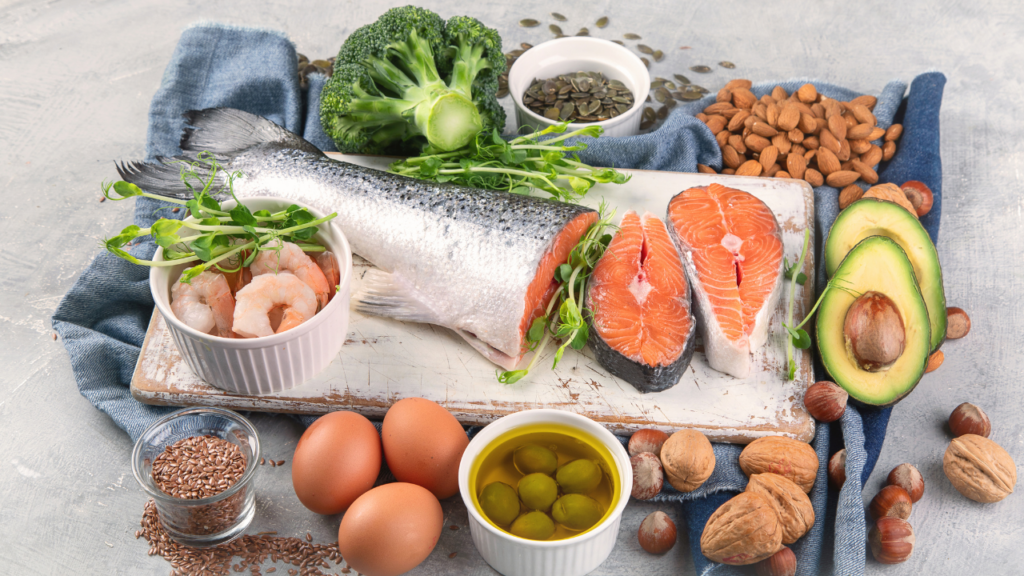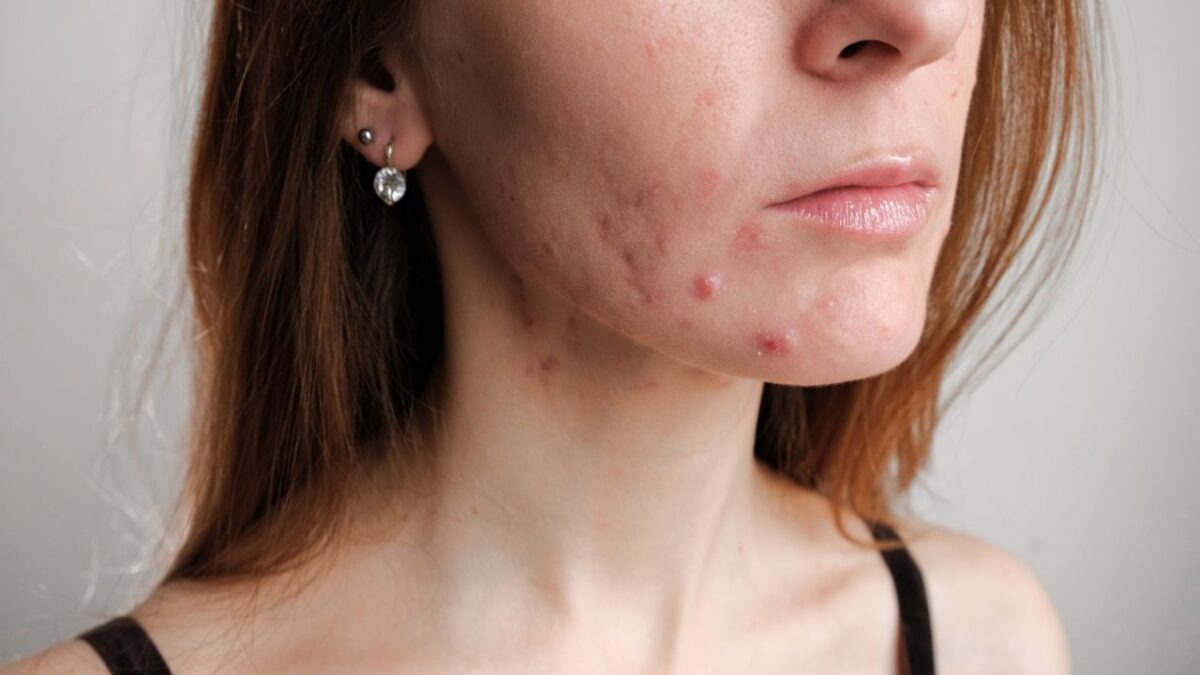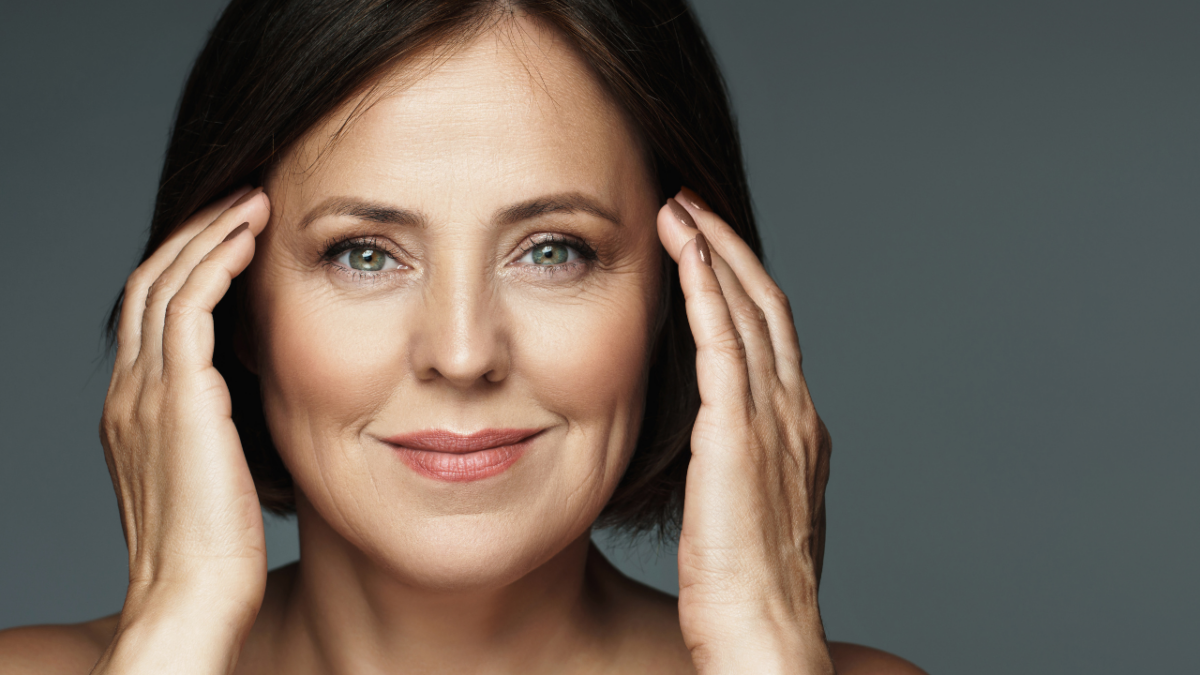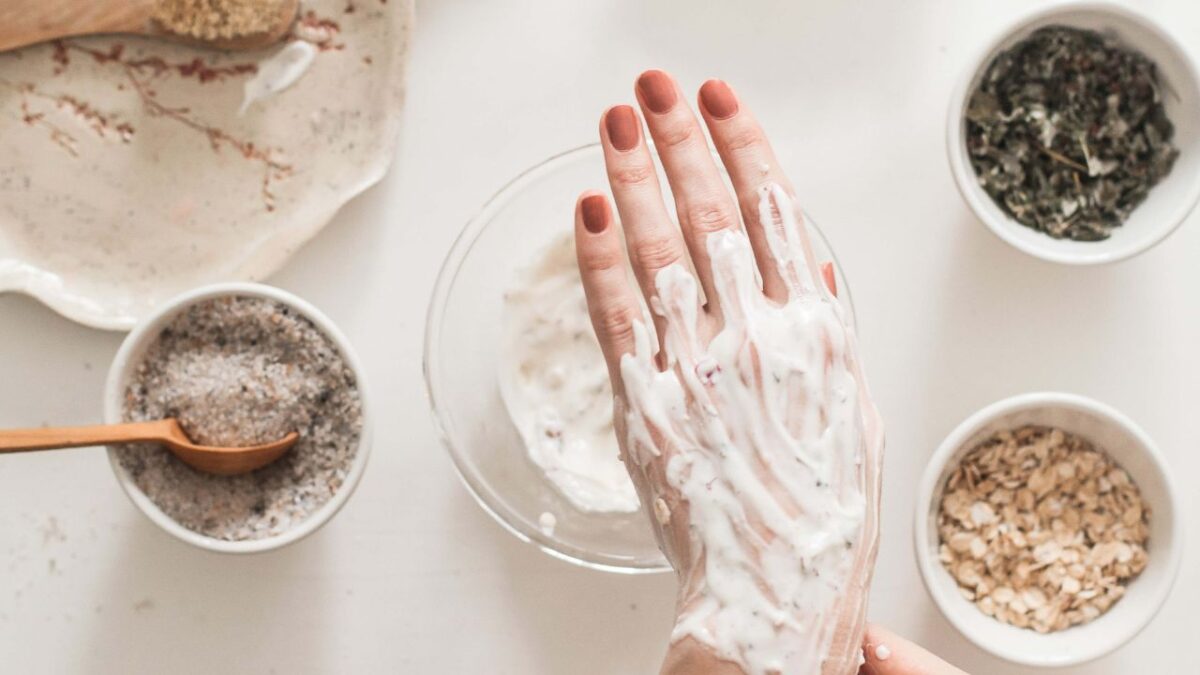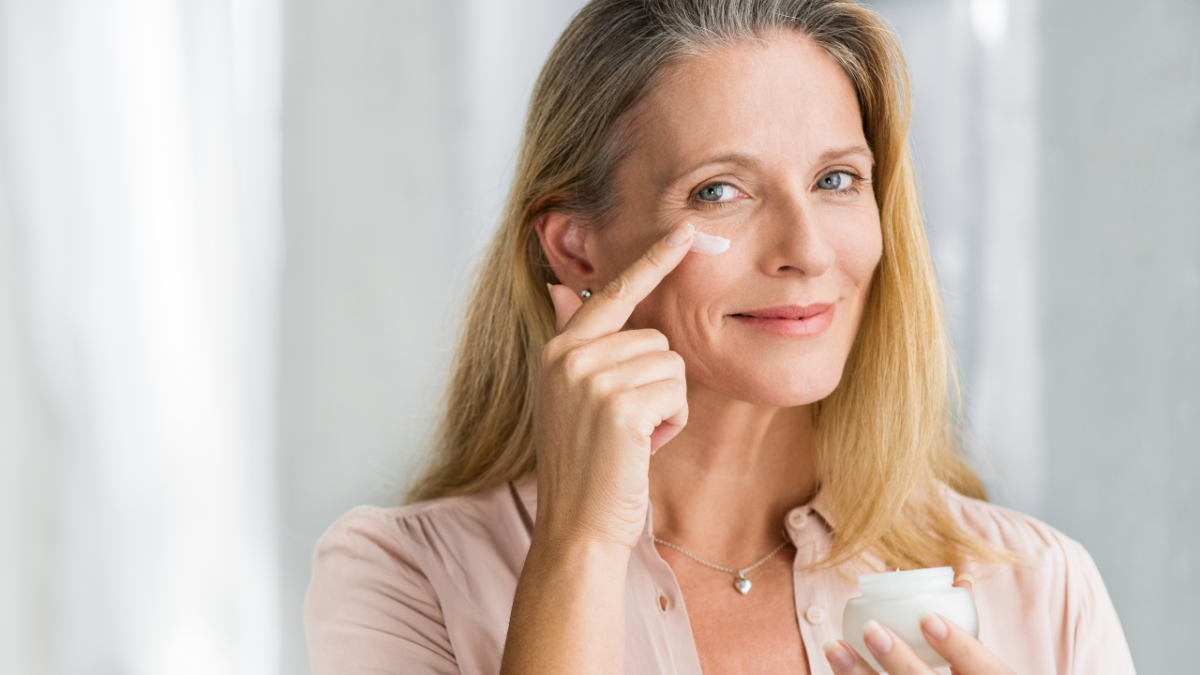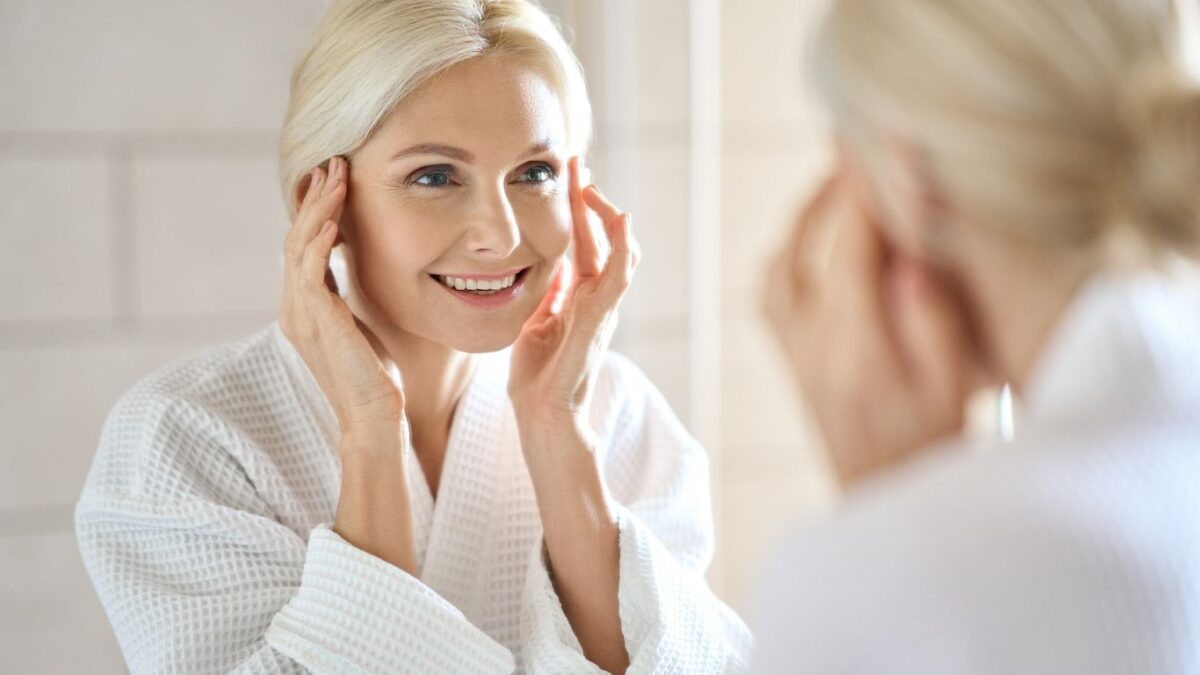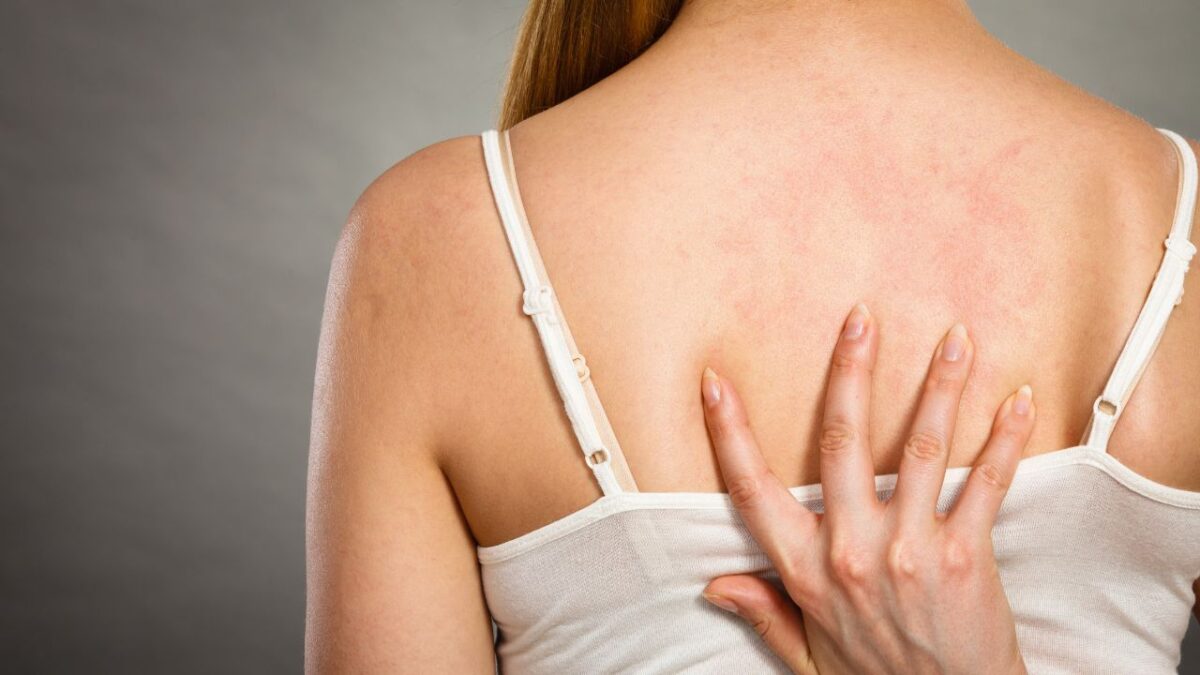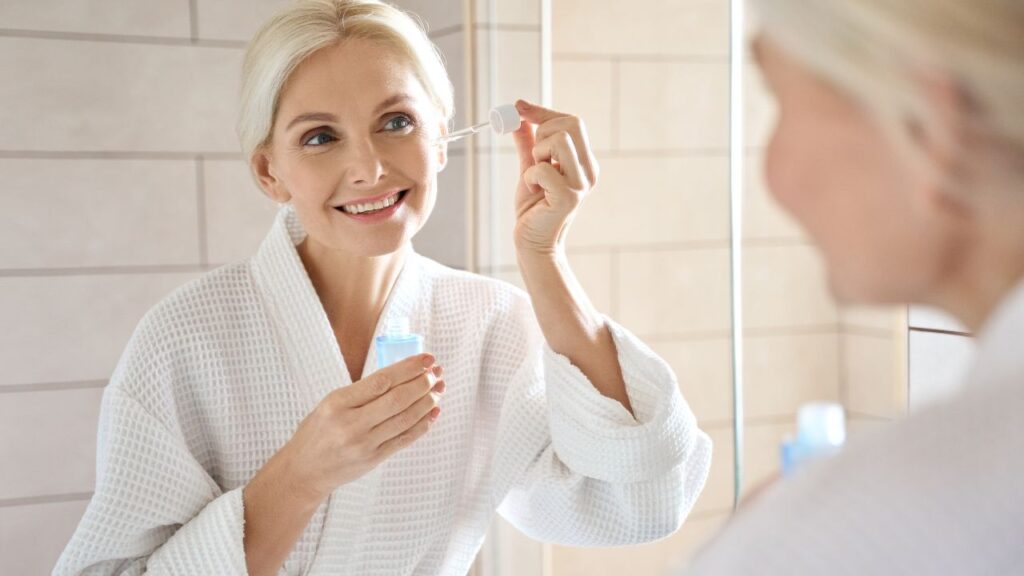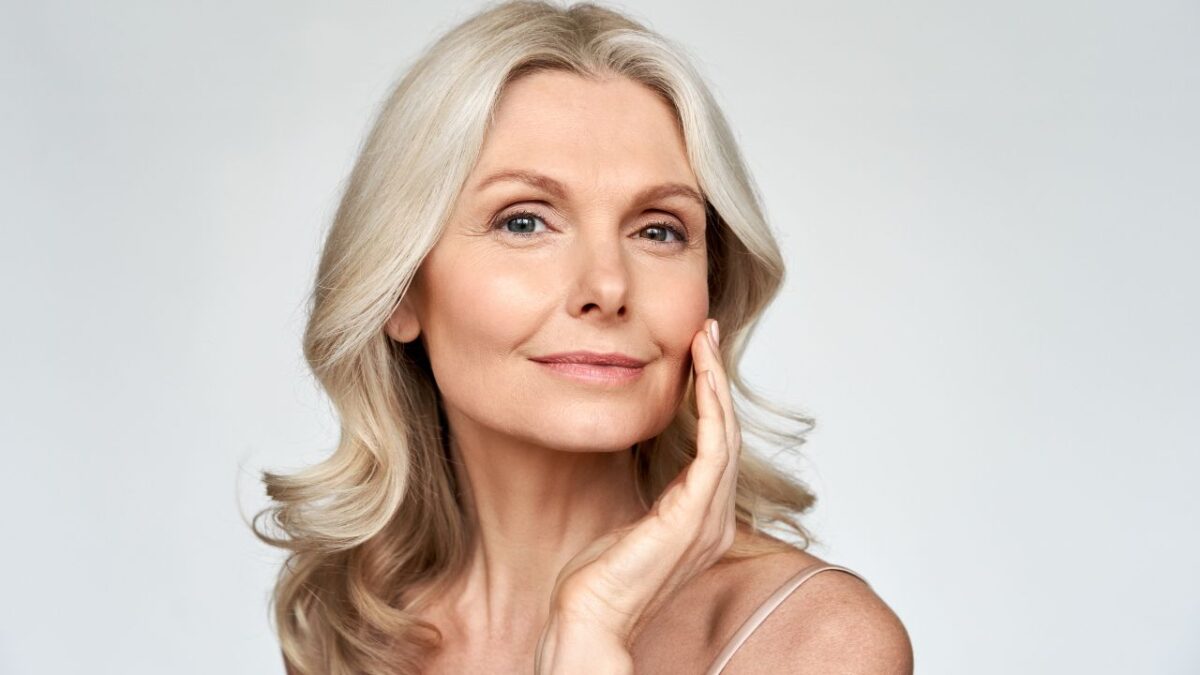Sagging Skin SOS: The Ultimate Menopause Firming Guide
Slump in your cheeks? Jawline losing its edge? Here’s how to fight back against menopausal skin sag—gracefully and effectively.
At some point in our 40s or 50s, many of us start catching a glimpse of ourselves in the mirror and thinking, “Wait a second—when did my face start… slipping?”
Welcome to menopause, where declining estrogen doesn’t just mess with your mood and metabolism—it quietly pulls the rug out from under your skin’s structure.
“Sagging skin is one of the lesser-talked-about symptoms of menopause, but it’s often one of the most distressing,” says Dr. Janet Allenby, a Florida-based dermatologist who specializes in women’s aging skin. “The changes can feel sudden, but they’re the result of years of collagen breakdown.”
The truth? You can’t stop gravity. But you can outsmart it. With the right mix of skincare, nutrition, treatments, and daily habits, your skin can look firmer, healthier, and more luminous—even post-menopause.
Here’s everything you need to know about why menopausal skin starts to sag—and exactly what to do about it.
1. What Causes Sagging Skin in Menopause?
Your skin really is shifting. The main culprit? Estrogen.
As you transition through menopause, estrogen levels drop dramatically. This hormonal shift affects the skin’s ability to produce collagen, a protein that acts like scaffolding under the surface. Collagen keeps skin firm, plump, and smooth. When you lose it, skin gets thinner, looser, and more fragile.
In fact, research published in Dermato-Endocrinology found that women lose up to 30% of skin collagen in the first five years after menopause. That’s like deflating a balloon—things sag.
What’s more, declining estrogen means a weaker skin barrier, slower cell turnover, and less natural moisture. The result? Skin that feels dry, crepey, and not quite like it used to.
2. Your Collagen Is in Crisis—Here’s How to Save It
Think of collagen as the “youth net” under your skin. It holds everything up. But like all nets, it wears out over time—especially when your body stops making enough of it.
“The good news is, we can stimulate collagen production at any age,” says Dr. Alexis Stephens, a board-certified dermatologist in Chicago. “It just takes consistency and a little know-how.”
Start with what works:
- Retinoids: These vitamin A derivatives are gold standard for collagen production.
- Vitamin C: A potent antioxidant that helps build collagen and protect it.
- Peptides: These signal molecules tell your skin it’s time to get to work.
- Hyaluronic acid: Not for collagen directly, but it hydrates and plumps, giving skin a firmer look.
You don’t need to use every product at once. A good serum here, a targeted cream there, and most importantly—patience.
3. Build a Skincare Routine That Fights the Sag
One-size-fits-all skincare doesn’t cut it post-menopause. Your skin needs targeted support.
Morning Routine
- Gentle Cleanser
Avoid anything foaming or stripping. Think creamy or milky. - Vitamin C Serum
Antioxidant protection plus collagen support. - Peptide Cream or Serum
Look for Matrixyl, Argireline, or copper peptides. - Moisturizer with Ceramides or Niacinamide
These reinforce your skin’s moisture barrier. - Broad-Spectrum Sunscreen
UV rays break down collagen, even through clouds.
Evening Routine
- Cleanse (Double Cleanse if Needed)
Micellar water or oil cleanser plus gentle second step. - Retinol or Prescription Retinoid
Start two to three nights a week, then build up. - Hydrating Serum
Hyaluronic acid or glycerin does the trick. - Richer Night Cream
Bonus if it includes peptides or ceramides.
Editor’s Tip: Don’t forget your neck and chest—they sag too.
4. Professional Treatments That Actually Work
Creams can only do so much. For deeper lifting and long-term collagen building, consider non-invasive treatments. These aren’t just beauty buzz—they’re backed by science.
Radiofrequency (Thermage, RF Microneedling)
Heats deep layers of skin to trigger collagen production. Think jawline tightening and cheek firming.
Ultherapy
Uses focused ultrasound energy to lift and tone. FDA-approved for the brow, chin, and neck.
Laser Resurfacing
Smooths texture, evens tone, and firms by creating controlled injury that jumpstarts healing.
Collagen Stimulating Fillers (Sculptra, Profhilo)
Not your typical filler—these gradually help your body rebuild lost volume.
PRP (Platelet-Rich Plasma)
Often called the “vampire facial,” it uses your own growth factors to regenerate skin.
They don’t come cheap, but they can offer a subtle, natural-looking lift without downtime.
5. Nutrition That Nourishes from Within
Your skin is a living organ—and what you eat matters.
“Food is one of the most powerful tools we have to improve skin health,” says Maryann Walsh, RD, a registered dietitian. “Especially during menopause when natural collagen production is slowing.”
Load up on:
- Bone broth – Full of natural collagen
- Berries – Rich in antioxidants that protect skin
- Citrus fruits – Vitamin C is crucial for collagen
- Fatty fish (like salmon) – Omega-3s keep skin supple
- Eggs and lean meats – Amino acids help build collagen
- Nuts and seeds – Vitamin E and zinc support repair
Drink lots of water, skip sugary snacks, and aim for steady protein throughout the day. Skin loves stability.
6. Supplements That May Help
Some supplements offer solid skin support—just don’t expect overnight magic.
Consider:
- Collagen peptides (hydrolyzed) – Several studies support improved hydration and elasticity.
- Vitamin C – Essential for building and protecting collagen.
- Hyaluronic acid – Aids moisture retention.
- Silica and zinc – Important for connective tissue support.
- MSM (methylsulfonylmethane) – May help reduce inflammation and improve firmness.
Always check with your doctor, especially if you’re on medications or hormone therapy.
7. Lifestyle Habits That Help Lift
Daily choices make a noticeable difference in how your skin ages.
Do:
- Sleep on your back
Less compression on your face reduces sleep lines. - Strength train
Building muscle helps support and fill out skin. - Stay hydrated
Even mild dehydration can make skin look tired and loose. - Protect from the sun
Wear SPF and consider antioxidant serums. - Manage stress
Chronic cortisol breaks down collagen. Meditation or even ten deep breaths can help.
8. Habits That Work Against You
Some things are part of life, but they’re not helping your skin.
Avoid:
- Smoking
It destroys collagen and elastin over time. - High sugar intake
Sugar causes glycation, which stiffens collagen and accelerates aging. - Yo-yo dieting
Repeated weight fluctuations stretch skin’s elasticity. - Over-exfoliating
Too much scrubbing damages your skin barrier.
9. Should You Consider Hormone Therapy?
For some women, hormone replacement therapy (HRT) may offer skin benefits.
“Estrogen therapy has been shown to improve skin thickness, hydration, and collagen content,” says Dr. Lauren Streicher, OB-GYN and author of Hot Flash Hell. “But it’s not for everyone, and it shouldn’t be used just for skin alone.”
If you’re already considering HRT for hot flashes or bone health, talk to your provider about potential skin benefits, too.
Wrapping Up: Firm the Skin, Love the Life
Some sagging is inevitable. But much of it is manageable. A strategic approach to skincare, a few small lifestyle upgrades, and perhaps a targeted treatment or two can help you look and feel more like yourself again.
Confidence isn’t about erasing every line—it’s about feeling good in the skin you’re in.
Take care of it. Lift it. And above all, enjoy it.

